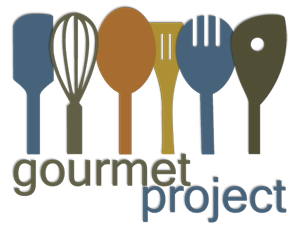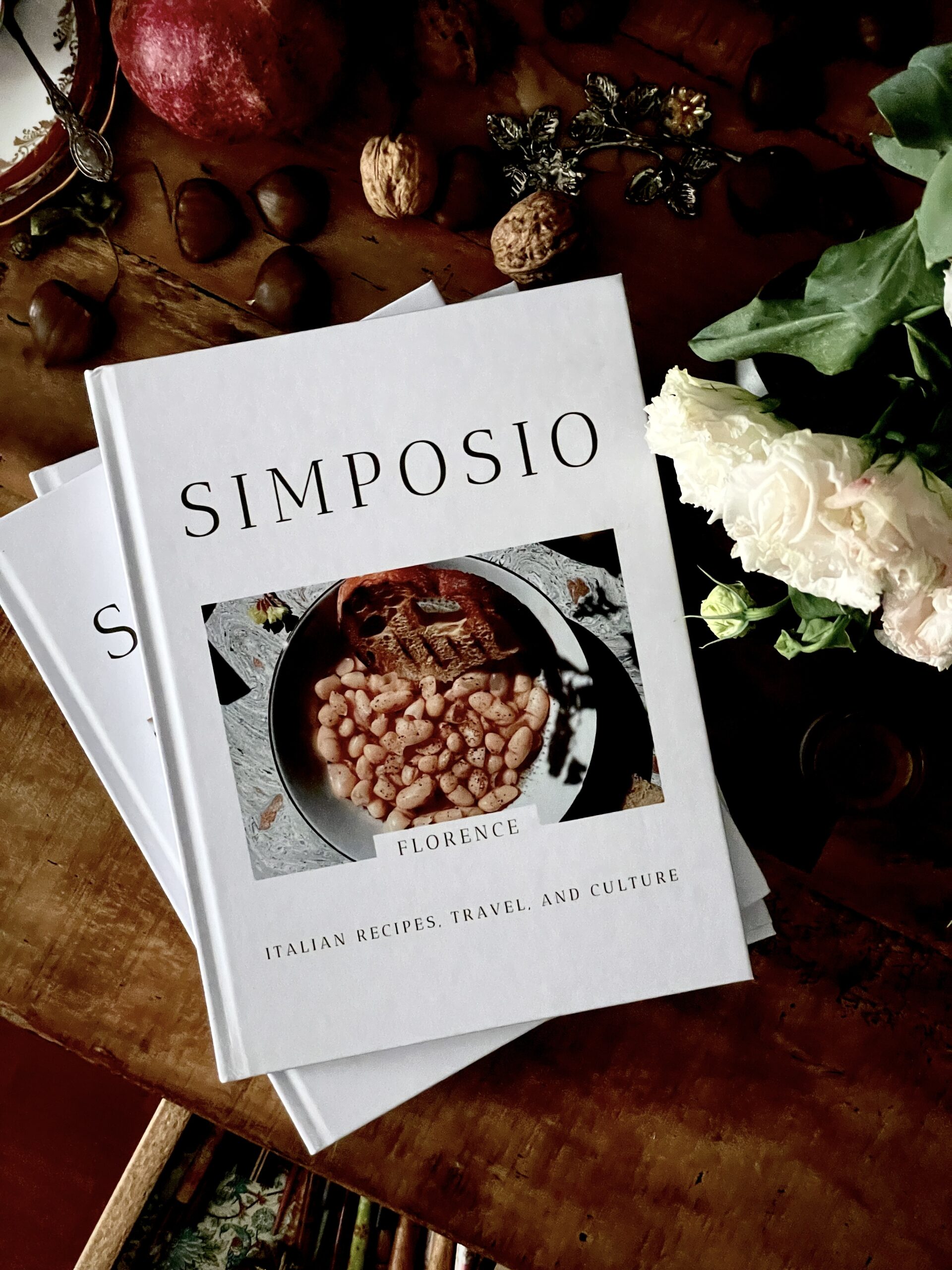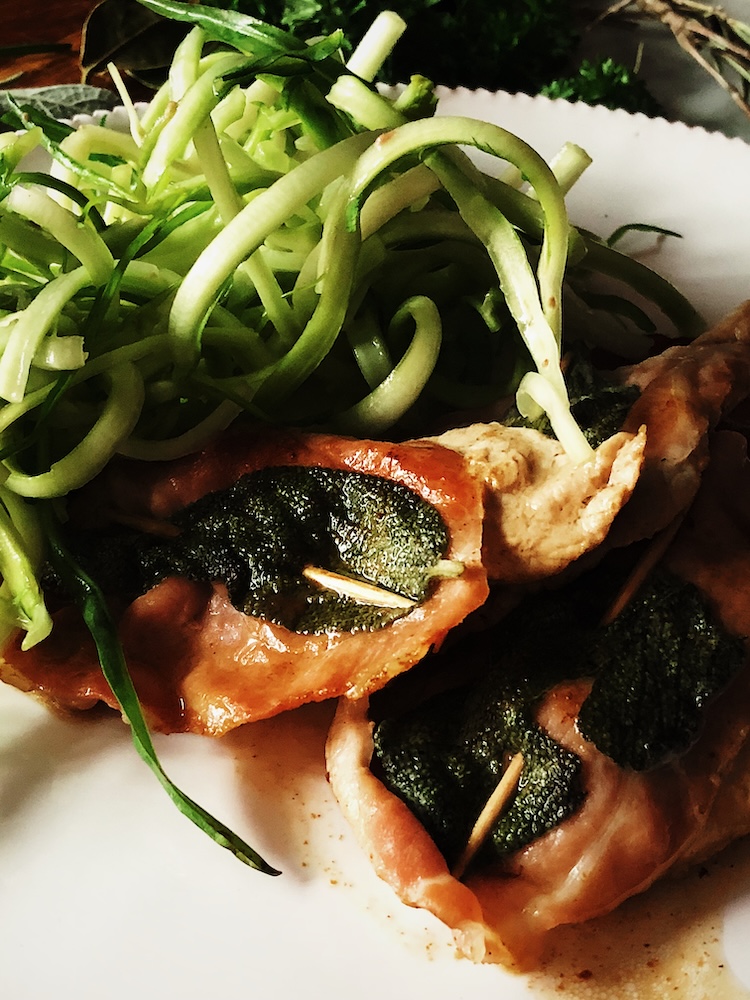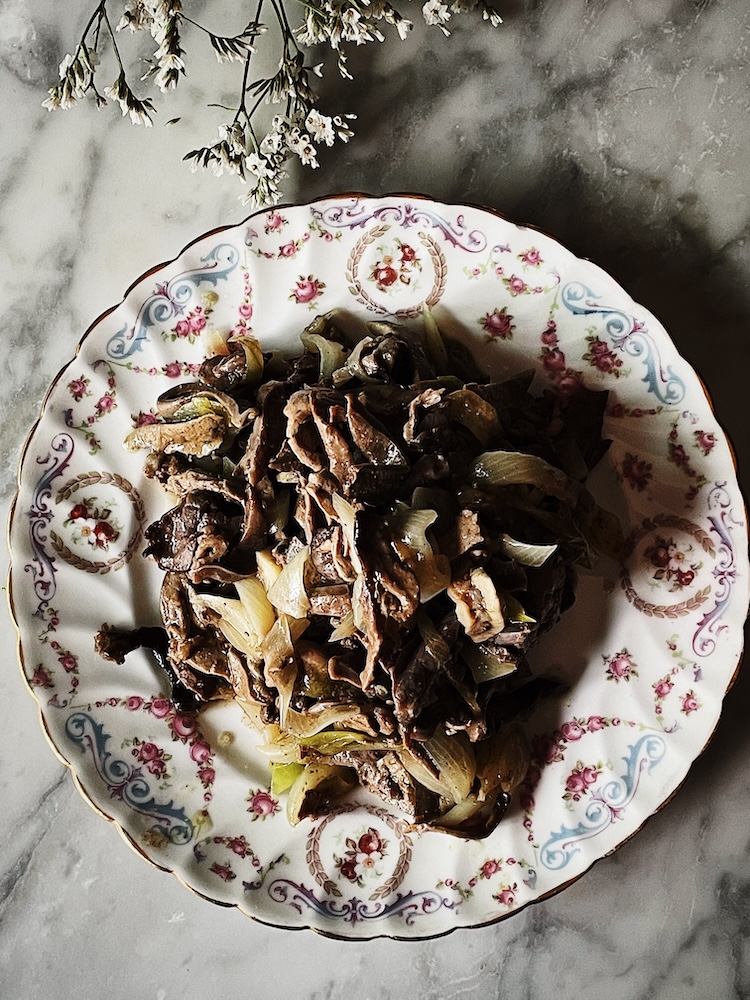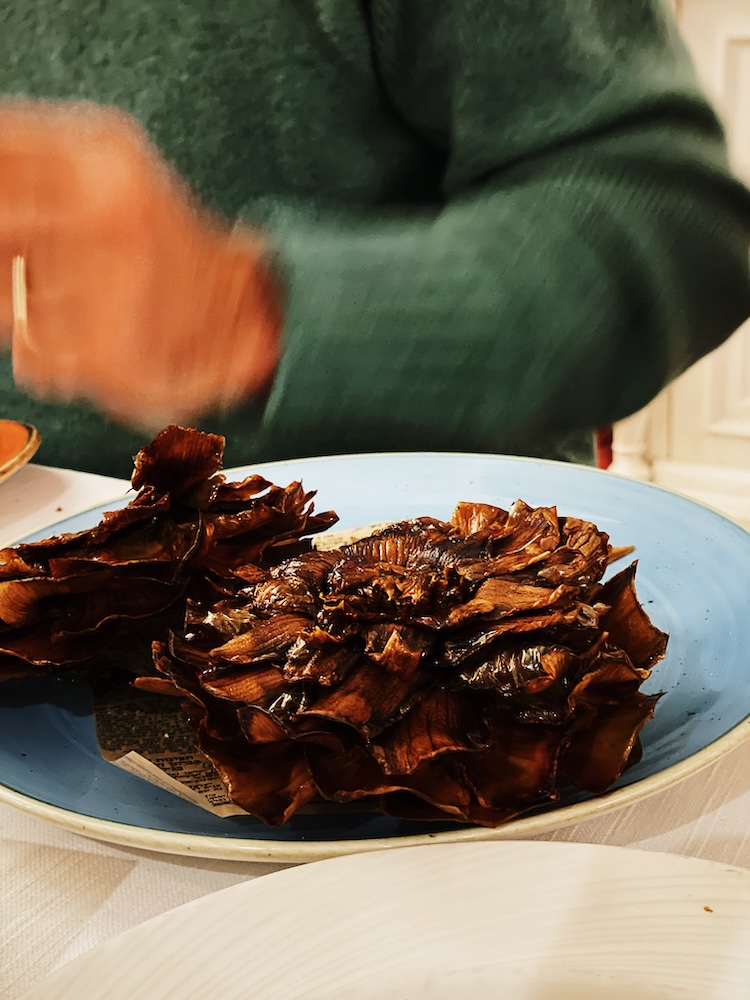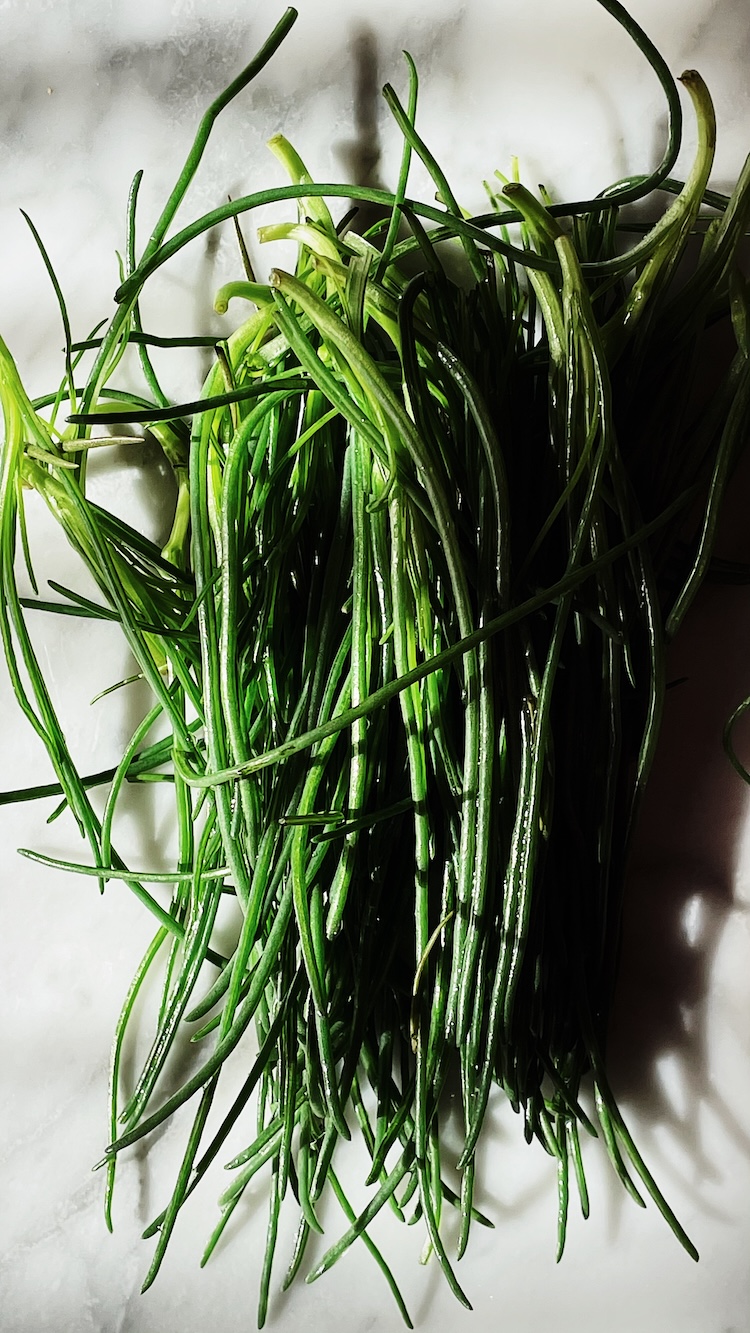“Rome’s Traditional Food” puts together all the information in my three Simposio cookbooks dedicated to the eternal city.
Eating in Rome
Eating properly in Rome is a bit complicated: you must know where to go and when. A lot of tourist and local affluence makes it difficult for lazy restaurateurs to keep up the quality standards.
Every couple of years, a restaurant climbs the charts or makes a penitent revival.
Italians, as you’ve probably heard, speak about food even while eating food. One of the crucial pieces of information we exchange is which new restaurant is worth a try, which has made a clamorous comeback, and which has given up and is far from what it was. With the exemption of a few milestones, our foodie Via Crucis is infinite.
If you come to Rome, contact me: I’ll be glad to update you!
Rome SOS
Rome’s traditional food: antipasti, starters
Rome traditional starters are not light, but very veggie, seasonal, as all Italian dishes!
- Mozzarella Crostini with anchovies. You’ll devour them!
- Fiori di Zucca fritti. Zucchini blossoms stuffed with mozzarella and an anchovy fillet, battered, and deep fried. Traditionally served together with other fried delights as a starter when eating pizza.
- Baccalà Fritto: same as zucchini blossoms, and in the same before-pizza tray.
- Anguillla, eel, in umido, stewed, in past times fished in the Tiber river, is a traditional Christmas entree.
- Raw fava beans and Pecorino Romano, instead, will be offered on warm Spring days.
Rome’s traditional food: “primi di pasta”, pasta dishes
Rome’s traditional pasta dishes are made with few simple ingredients, mostly the same ones, but combined differently to give birth to unique, unforgettable delights.
- Cacio e Pepe. How can just Pecorino cheese and black pepper give birth to this delight? Only locals know!
- Amatriciana is my favorite: crunchy Guanciale in a sea of flavorful tomato sauce.
- Carbonara: crunchy Guanciale interrupts the creaminess of an eggy and cheesy cream that envelopes each and every string.
- Gricia: Guanciale and grated Pecorino Romano, that’s it!
- Pasta e Patate. Every Italian region has a traditional recipe for pasta with potatoes. Rome, too, has a local version.
- Spaghetti alla Carrettiera. A very ancient recipe featuring tuna filets in olive oil and dried mushrooms.
- Fettuccine alla Papalina. A relatively modern recipe, a “gourmet” version of Carbonara: Prosciutto and parmesan, peas or mushrooms, and the usual creamy egg condiment.
- Minestra di Broccoli: pasta and cauliflower are cooked together to form a ” minestra” (brothy pasta, rice, or other cereal preparation).
- Pasta e Ceci. Pasta and chickpeas worked into another delicious, brothy “minestra”.
- Penne all’Arrabiata. Lots of chili disrupting the sweet tomatoes in the sauce.
- Rigatoni alla Zozzona. This pasta is a leftovers-recipe typical of Castelli and has it everything: creamy eggs, onions, sausages, and tomatoes. You’ll digest it next week, but it’s worth it!
- Spaghetti alla Puttanesca: Roman or Neapolitan is still debated, but you can enjoy this tomato sauce with olives, capers, and anchovies in both cities.
Rome’s traditional food: “primi piatti”, main courses, that are not pasta
- Gnocchi alla romana or semolina gnocchi, prepared with coarse semolina, shaped into discs, greased with lots of butter, and sprinkled with parmesan cheese. Finally, baked au gratin.
- Zuppa di Ceci: a simple yet delicious chickpea soup.
- Semmolella or Minestra di Semolino: a sort of very brothy polenta made with coarse semolina. Rare to find being a very poor dish.
- Pomodori al Riso. A classic summer recipe. Rice is seasoned with olive oil, onion, garlic, herbs, and parmesan and then cooked inside the tomatoes. Roasted together potatoes complete the dish. There’s a less-known version with pasta instead of rice.
- Panzanella Romana. Not many know there’s a Roman Panzanella. It is seasoned with capers, anchovies and herbs.
- Stracciatella soup is something you might find on the December 26th menus: a wonderfully nourishing egg drop soup.
Rome’s traditional food: “secondi”, second courses (meat or fish)
- Saltimbocca alla Romana are veal scallops rolls stuffed with Prosciutto and a fresh leaf of sage.
- Ossobuco alla Romana: marrowbone eternally cooked in tomato sauce.
- Garofalato. A beef stew strongly aromatize with cloves, “chiodi di garofano”, thus thte name.
- Coda alla Vaccinara. One of the least valuable cuts of meat, tongue, transformed by popular wisdom into a delicious stew.
- Trippa alla Romana: tripe masterfully cooked with mint and Pecorino Romano.
- Pollo coi Peperoni. Pairing chicken and bell peppers is the wisest kitchen move anyone can make.
- Involtini di Carne. Every region or city has a recipe for meat Involtini. Rome’s is simple, accompanied by vegetables, the unmissable Prosciutto, and wine.
- Lesso alla Picchiapò. Rome’s Cucina Povera masterpiece is broth’s meat leftovers long sauteed with onions, tomatoes, and a few secret ingredients.
- Punta di Petto Alla Fornara: a marinated, then slowly roasted poor cut of beef. “Alla fornara” means the baker’s way. According to a legend it was named after Margherita Luti, a Trastevere baker, therefore called Fornarina (little baker). Raffaello, fond of her, depicted her in the famous Fornarina painting. One of Italy’s unification heroes, Giuditta Arquati Tavani, another legend recalls, had baked this dish minutes before being assassinated by the pontifical officers suppressing the city rebellions in 1867.
- You’ll find many lamb dishes during Easter: Coratella con Carciofi (innards and artichokes) and the stewed Abbacchio alla Romana, for example.
- Lumache, snails, used to be served on the night between June 23 and 24, San Giovanni’s night. It’s rare to find them nowadays, but possible.
Rome’s traditional food: “contorni”, side dishes
- Cicoria Strascinata or Ripassata is certainly the most poular Roman side dish. Boiled chicory is sauteed in abundant oil flavored with garlic and chili.
- Carciofi alla Romana. The local Roman artichokes are filled with breadcrumbs and herbs and stewed until tender and irresistible.
- Carciofo alla Giudia. You’ll find these crunchy, deep-fried artichokes when in season, in the Ghetto.
- Puntarelle alla Romana. Catalonia chicory shaved into crispy ribbons, slightly sour, seasoned with a tasteful, sapid, unforgettable creamy sauce.
- Vignarola is a vernal pan that combines artichokes, fava beans, and peas. To die for.
- Agretti are very local wild herbs that we usually boil shortly and season with olive oil, salt, and freshly squeezed lemon juice. They’re something you’ll rarely find elsewhere!
- Broccoli al Prosciutto. Savory strips of prosciutto added to sauteed broccoli.
- Zucchine in Padella. Prosciutto Crudo is added, once again, to sauteed zucchini.
- Fagiolini Corallo a Crudo. Fagioli a Corallo, coral-shaped beans, are green beans typical of the Lazio region, very similar to snow peas traditionally cooked with a bit of tomato, a humble onion, and a bit of olive oil.
- Fiori di Zucca in Padella. Briefly sauteed zucchini blossoms.
Rome’s traditional food: desserts and sweets
- Crostata di Ricotta. A pie filled with “marmellata di visciole,” sour cherry jam, and creamy ricotta. One of my favorite desserts.
- Maritozzi. Sweet bread rolls filled with whipped cream, a traditional breakfast in Rome or an afternoon treat.
- Budino di Ricotta. A ricotta pudding, soft and aromatic. A bit harder to find on menus being a very ancient recipe.
- Ciambelline al Vino, sort of wine-flavored doughnuts that will be served at the end of a meal with a sweet fortified wine.
- Fave dei Morti, dead’s fava beans, are Roman cookies baked for the Festa dei Morti.
- You will find Pangiallo, literally yellow bread, during Christmas. It’s a traditional festive sweet that people used to gift as a good omen.
- For Carnival, any bakery will showcase Frappe (fried dough strips dusted with powdered sugar) – Bignè (fried beignets stuffed with custard – also available, bigger, for Father’s Day, on March 19th and called Zeppole), and Castagnole (fried aromatized dough balls dusted with sugar).
Rome’s traditional food: street food
- Supplì are Rome’s rice balls, tomato-seasoned rice stuffed with mozzarella, battered, and deep-fried. They are delicious and part of the before-pizza entree tray.
- Pizza al Taglio. Rome’s street pizza is made in rectangular oven sheets and topped in a multitude of ways. You can find it “rossa”, simply covered with tomato sauce, “margherita” with the addition of mozzarella, and then… mushrooms, Prosciutto, sausages, tuna, potatoes… the alternatives are endless!
- Pizza Bianca. The rectangular-shaped street pizza can also be found in “bianca”, white, topped with nothing but greasy salt crystals. It is unforgettable. You should try it once alone and once stuffed with “mortadella”! During summer, go the extra mile and have it like the locals do: stuffed with Prosciutto Crudo and crushed fresh figs!
- Although with debated origins, Porchetta is pork wrapped in fat and skin, roasted for hours, and then thinly sliced to fill “panini” – “Rosette” and “Ciriole” are Rome’s traditional bread buns.
- Grattachecca: shaved ice from street vendors topped with extremely sugary syrups like mint, almond milk, or “orzata”.
Enjoy your Rome traditional food, now you know exactly what to order!
Claudia
